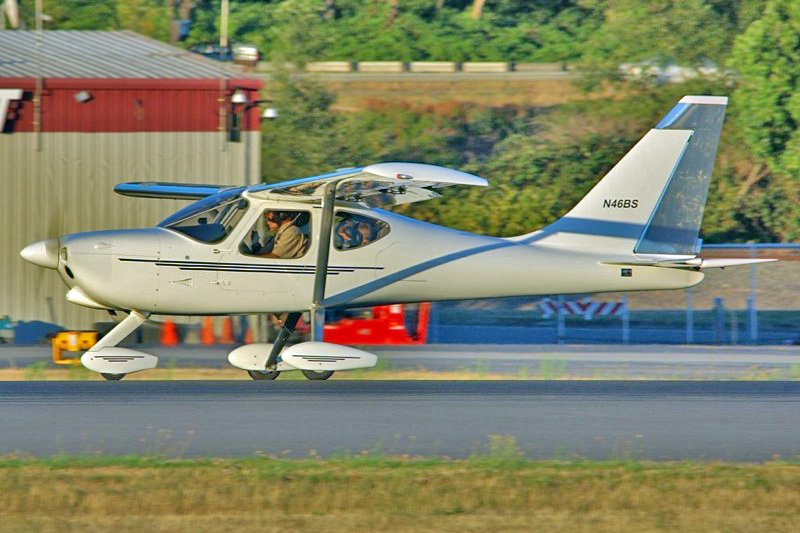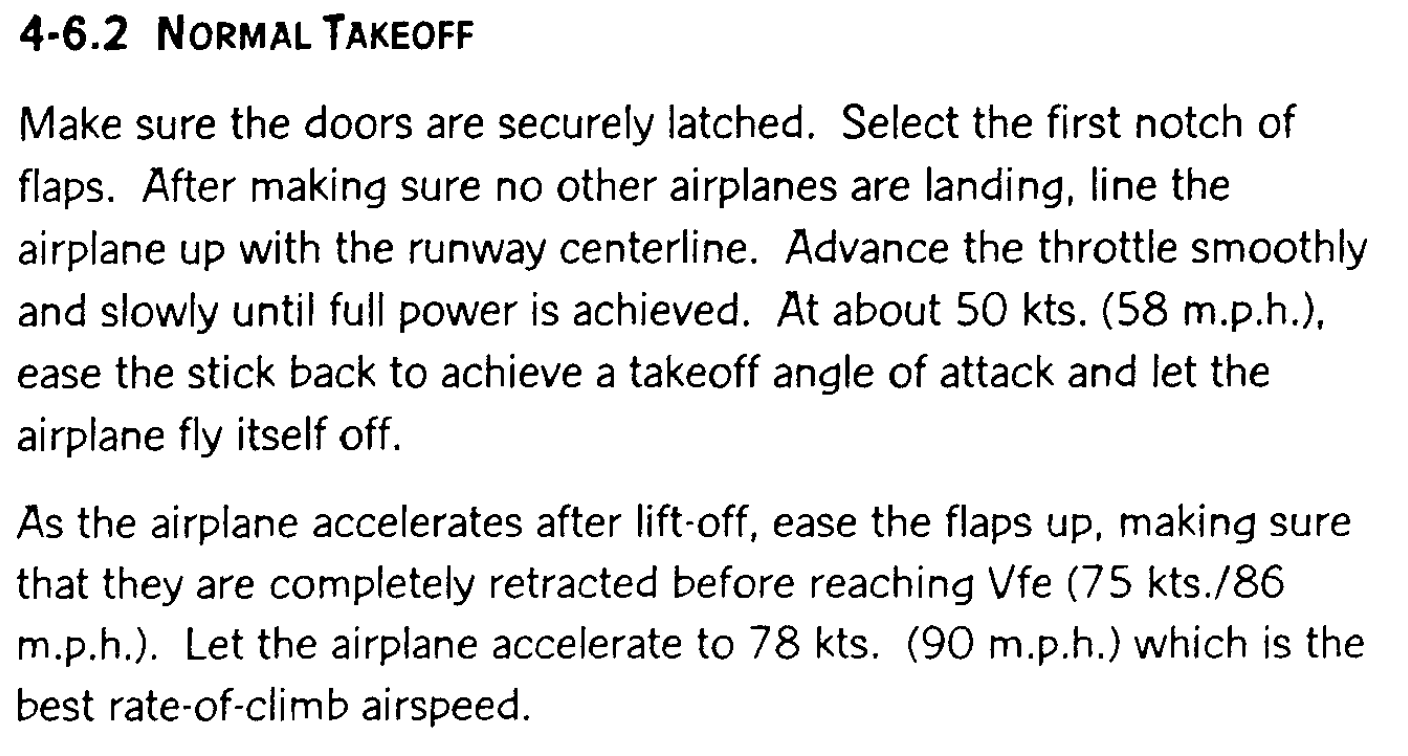
Want a wonderful way to start the day?
It’s amazing thinking about what it took to get you here, ready to fly your GlaStar. Congratulations! You are about to fly one of the most amazing airplanes ever designed. While nothing in the world can match its versatility, like a well-trained hunting dog the GlaStar seems to want to fly more than you do. That’s the way this airplane seems to me and why I’ll be writing about some flying tips I’ve picked up over the years.
First, let’s assume you have read Stoddard Hamilton’s highly rated GlaStar Owner’s Manual. Normal takeoffs are covered on page 17, section 4-6.2. On a normal field of 1500′ or longer of firm grass, dirt or pavement, using half flaps gets you off smoothly in about 800′, with minimal rotational movement. For passengers who are uneasy or not used to flying, I like to make small, gentle changes in the flight path to gain their confidence and encourage them that flying can be fun and not a “wild ride.” The first few minutes can be crucial to gaining their confidence. Frequently I try to explain what I am doing, how an airplane flies, how we see other aircraft, how great the visibility is or any other observation that helps them feel relaxed.
 No flap takeoffs only increase the ground roll, the takeoff speed is higher (around 55) and the pitch-up angle is more severe on initial climb-out with the engine limiting forward visibility. I haven’t found a practical reason to ever takeoff without flaps in a GlaStar. Full flap takeoffs are specifically for short field conditions. While shortening takeoff roll considerably, the rotation is more abrupt and the initial climb-out more severe. (Good news when you’re watching trees approaching fast.) Short field and soft field takeoffs will be dealt with in another column.
No flap takeoffs only increase the ground roll, the takeoff speed is higher (around 55) and the pitch-up angle is more severe on initial climb-out with the engine limiting forward visibility. I haven’t found a practical reason to ever takeoff without flaps in a GlaStar. Full flap takeoffs are specifically for short field conditions. While shortening takeoff roll considerably, the rotation is more abrupt and the initial climb-out more severe. (Good news when you’re watching trees approaching fast.) Short field and soft field takeoffs will be dealt with in another column.
I like to have the elevator trim in neutral or set for a slight climb at the initial climb-out speed and aircraft balance. There are two specific reasons for this. First, I am going to rotate the aircraft slightly early, and confirm I have pitch control over this machine, before I leave the ground and trust my life to its flying characteristics. (I can remove power and settle back on the runway if a pitch up or down problem exists.) Second, if anything occurs at the critical “just off the ground” period, I want the airplane to try to continue the initial climb while I deal with the priority problem.
Let’s assume we have completed our pre-takeoff checklist, received the tower’s clearance (if one exists), checked for landing traffic and are taking off into the wind. I line up on the centerline (if there is one) and roll a few feet to get everything straight. (It’s interesting to watch an excited pilot rush the lineup and then chase the airplane back and forth across the line or never get back to the center of the runway creating unneeded extra pressure on him or her self.) I continue to apply power smoothly as long as I can control the direction of the airplane with rudder. I do not continue to add power if I cannot keep the airplane in the center of the runway. I confirm full power with a quick glance at the tack/manifold pressure gauges, but normally my eyes are a few hundred feet down the runway telling me how much rudder to use to keep the GlaStar straight. If I’m in a tail-dragger I usually hold the stick back to keep the tailwheel steering effective until I see 20 or so, then I bring the tail up just slightly by pushing forward with the stick. In the trike I lightly hold the stick and let it find it’s own neutral position during the initial ground run. When I see 40 I pull back slightly on the stick and rotate the trike GlaStar a tiny amount, just enough to raise the nose an inch or so. In either trike or tail-dragger I can now confirm my pitch control is OK and with no further pitch movement of the stick the GlaStar will fly itself off when it’s ready and I’m having another happy time. Next time, the climb… unless you wish to hear about the ease of crosswind takeoffs in this most controllable airplane.




Thanks Tim! We sure miss you and your wealth of knowledge. I hope everything is going well upstairs and you’re enjoying your Glastar there too!